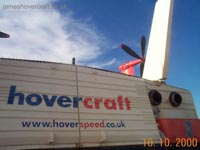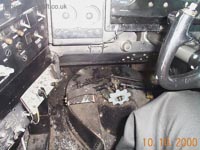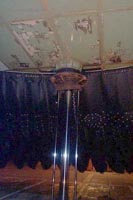1968: 4th Feb. Cowes, Isle of Wight. First Mountbatten Class (SRN4 GH-2006) hovercraft launched by BHC undergoing trials.
1968: 31st July. GH-2006 is officially named Princess Margaret by HRH Princess Margaret herself.
1968: 1st Aug. Princess Margaret makes her inaugral run under the company Seaspeed from Dover to Boulogne, running six daily services between the two ports.
1968: November. Princess Margaret returns to Cowes to be fitted with Mk II skirt specifications for increased durability, bow protection and reliability.
1968: 10th Dec. GH-2004 is launched, for trials with Hoverlloyd at Pegwell Bay.
1969: 23rd Jan. GH-2004 officially named Swift by Mary Wilson, wife of prime minister Harold Wilson.
1969: 2nd Apr. Swift officially starts service between England and France from Pegwell Bay hoverport.
1969: 3rd June. Hoverlloyd introduces GH-2005 Sure to its inventory.
1969: 8th Aug. GH-2007 starts service with Seaspeed from Dover to Calais and Boulogne.
1969: 21st Oct. HRH Princess Anne names GH-2007 The Princess Anne.
1969: 29th Oct. A propeller breaks loose from a pylon and hits Pegwell Bay hoverport causing £50,000 damages. All craft return to service after a short inspection break.
1972: 14th June. Hoverlloyd receives a third SRN4, purchased for ~£2M, GH-2008, naming it Sir Christopher.
1972: 3rd July. Sir Christopher enters service with Hoverlloyd
1973-4: Hoverlloyd's three craft individually upgraded to Mk II specifications, widening of passenger area and car deck to make full use of available space.
1977: 21st Feb. The Princess Anne enters BHC's East Cowes factory for a £6m, 16.9m stretch, increasing capacity to 424 passengers and 54 cars.
1977: 18th June. Hoverlloyd receives its fourth SRN4, The Prince of Wales, designed to Mk II specifications from the outset.
1978: 6th Apr. The Princess Anne returns to Dover following the extension work.
1978: 15th Sept. The Princess Anne suffered starboard skirt damage due to rough weather between Boulogne and Dover. Eyewitness account here!
1979: 1st May. The Princess Margaret arrives at Dover following her extension work and a visit to London en-route from Cowes.
1981: 25th Oct. Hoverspeed officially launches as a merger between Hoverlloyd and Seaspeed, using both Dover and Pegwell Bay hoverports to run to Calais and Boulogne.
1983: Following less than anticipated profits, Pegwell Bay hoverport's planned closure is announced, along with the retirement and cannibalisation of Sure for spare parts.
1985: 30th March. The Princess Margaret is blown into Dover's southern breakwater, tragically killing 4 passengers and causing severe damage to the craft.
1987: 12th July. Ramsgate hoverport closes.
1991: 10th Oct. Hoverspeed withdraws its three remaining SRN4 Mk II craft, and pulls the two Mk III craft out of service for refurbishment. SeaCats cover the craft in their absense.
1992: April. Reintroduction of the two Mk III craft for service in the summer months, and The Princess Anne kept in service over winter.
1993: 2nd Apr. The Prince of Wales is gutted and later scrapped as a result of an electrical fire destroying the port cabin.
1995: 14th Sept. The Princess Anne sets a new world record by crossing the Channel in 22 mins, piloted by Capt. Nick Dunn.
2000: 1st Oct. The Princess Anne & The Princess Margaret are retired from service by Hoverspeed due to the cessation of within-EU Duty Free.
2005: 7th Nov. Hoverspeed ceases all operations, as a result of decisions by Sea Containers, its parent company.
Performance specifications for SRN4 hovercraft (Mk I, II and III)
Source: Hovercraft Museum, 2007a; Croome, 1984; BHC, 1968; Hoverspeed, 1982 |
Feature |
Specification |
| |
Mark I |
Mark II |
Mark III (Super 4) |
| Final Craft and Registration, in each Mark in operation upon retirement |
None |
Swift (GH-2004)
Sure (GH-2005)
Sir Christopher (GH-2008)
Prince of Wales (GH-2054) |
The Princess Margaret (GH-2006)
The Princess Anne (GH-2007)
|
| Length (m) |
39.68 |
56.38 |
| Beam (m) |
23.77 |
28.04 |
| Hoverheight (m) |
2.44 |
7.5 (max skirt depth) |
| Height (landed) (m) |
11.48 |
| Gross weight (tonnes) |
168 |
203 |
320 |
| Rated cruise speed (kts) |
40-50 |
40-65 |
60-65 |
| Max. speed (kts) |
60-65 |
70 |
> 65 |
| Propulsion Engines |
4 x Rolls-Royce 'Marine Proteus' gas turbines |
| Engine power (kW) |
2,535 |
2,833 |
| Aux. Power Units |
2 x Rover 1S/90 gas turbines |
| Propellers |
4 x Hawker Siddely Dynamics, 4-blade, variable-pitch |
| Propeller Diameter (m) |
5.79 |
6.4 |
| Lift Fans |
4 x BHC, 12-blade, centrifugal |
| Lift Fan Diameter (m) |
3.5 |
| Fuel (litres) |
20,456 |
35,563 |
| Endurance (hrs) |
4 (with 16T fuel) |
6h 30 (with 28.45T fuel) |
| No. of Passengers |
174, 254, or 609 |
278 |
418 |
| No. of Cars |
34, 30, or 0 |
36 |
54-60 |

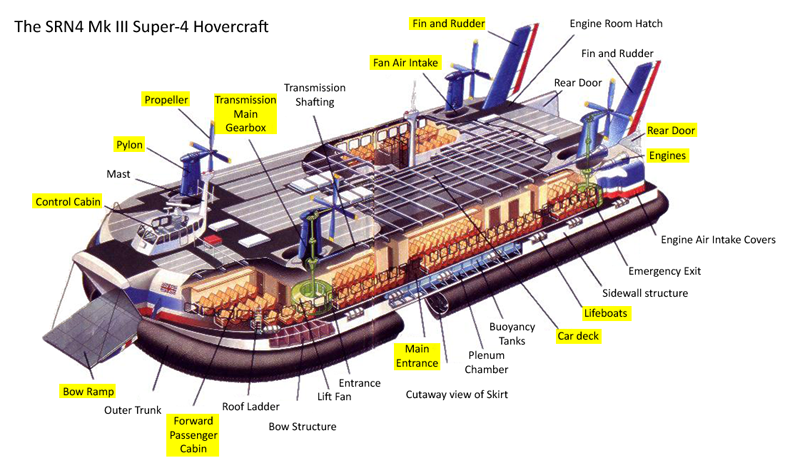
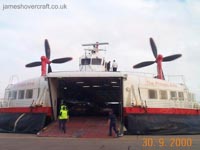
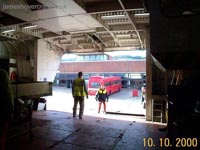
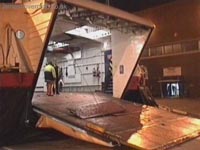
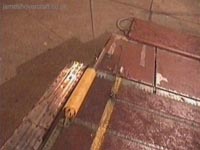
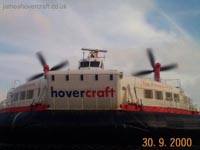
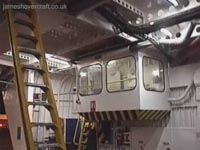
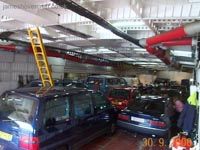
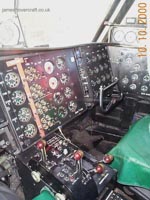
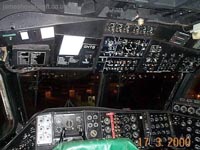
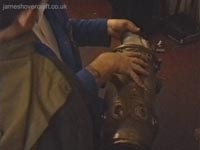
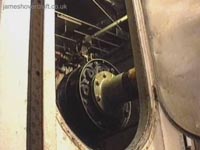
-42.jpg)
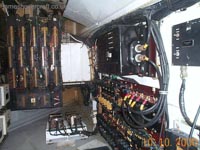
-21.jpg)
-37.jpg)
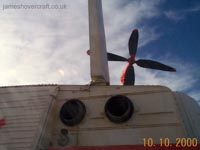
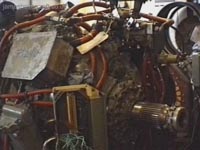
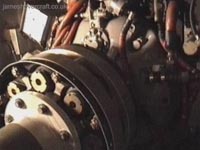
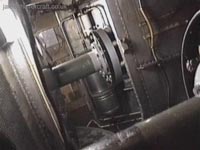
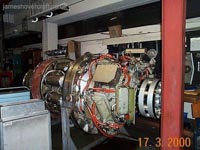
-07.jpg)
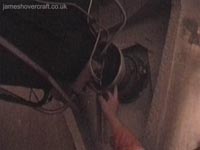
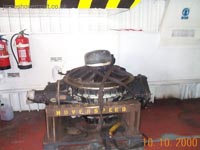
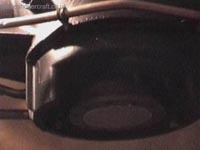
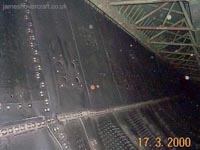
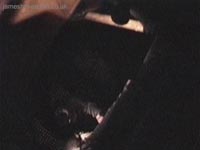
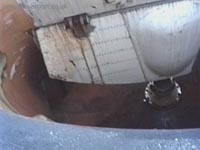
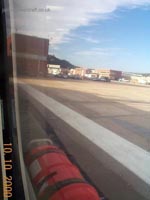
-38.jpg)
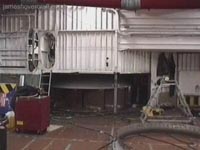
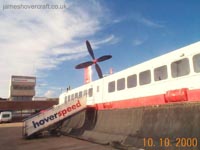
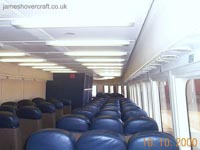
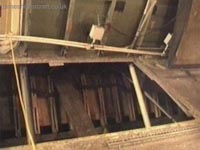
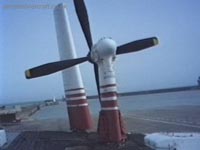

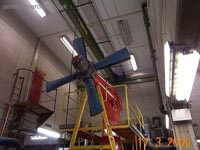
-40.jpg)
